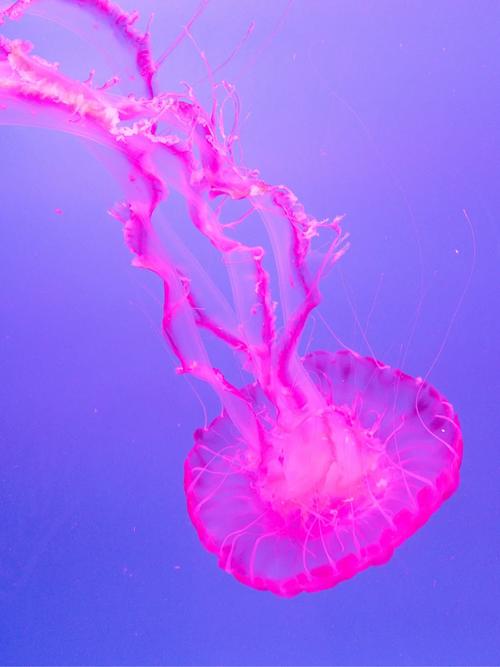
Understanding Jellyfish Bites
Have you ever wondered what happens when a jellyfish sting? The effects of a jellyfish bite can range from mild to severe, and understanding the aftermath is crucial for anyone who enjoys spending time near the ocean. In this article, we will delve into the details of jellyfish bites, focusing on the symptoms, treatment, and the fascinating science behind these creatures.
What Happens When You Get Bitten?
When a jellyfish stings, it injects venom into your skin through its tentacles. The venom contains a cocktail of toxins that can cause a variety of symptoms. The severity of the reaction depends on several factors, including the type of jellyfish, the amount of venom injected, and your own immune response.

Common symptoms of a jellyfish bite include:
- Pain and burning sensation at the site of the sting
- Redness and swelling
- Itching
- Nausea and vomiting
- Difficulty breathing
Types of Jellyfish Bites
Jellyfish come in various shapes and sizes, and each type has its own venom composition. Here are some of the most common jellyfish and the symptoms they can cause:
| Jellyfish Type | Common Symptoms |
|---|---|
| Box Jellyfish | Severe pain, muscle cramps, difficulty breathing, shock, and even death |
| Irukandji Jellyfish | Moderate pain, muscle cramps, nausea, vomiting, and diarrhea |
| Sea Nettle | Mild to moderate pain, redness, and swelling |
How to Treat a Jellyfish Bite
Immediate treatment is essential to minimize the effects of a jellyfish bite. Here are some steps you can take:
- Remove the tentacles: Use a towel, gloves, or anything else available to gently remove the tentacles from your skin. Avoid rubbing the area, as this can cause more venom to be released.
- Rinse the area: Rinse the affected area with seawater or vinegar. Vinegar is particularly effective against box jellyfish venom.
- Apply a paste: Mix baking soda with water to create a paste and apply it to the sting. This can help neutralize the venom and reduce pain.
- Seek medical attention: If you experience severe symptoms, such as difficulty breathing, shock, or a large area of redness and swelling, seek medical attention immediately.
The Science Behind Jellyfish Venom
Jellyfish venom is a complex mixture of toxins that can cause a wide range of effects on the human body. Some of the key components of jellyfish venom include:

- Neurotoxins: These toxins affect the nervous system, leading to symptoms such as muscle cramps, difficulty breathing, and even paralysis.
- Proteases: These enzymes break down proteins, causing pain, inflammation, and tissue damage.
- Carbohydrates: These substances can cause allergic reactions and contribute to the inflammatory response.
Understanding the science behind jellyfish venom can help researchers develop better treatments for jellyfish bites and other venomous injuries.
Preventing Jellyfish Bites
While it’s impossible to avoid jellyfish entirely, there are steps you can take to reduce your risk of being stung:
- Stay informed: Before going into the water, check for jellyfish warnings and stay away from areas where they are known to be present.
- Wear protective clothing: Full-body rash guards or wetsuits can provide some protection against jellyfish tentacles.
- Use a jellyfish repellent: Some products claim to repel jellyfish, but their effectiveness is not always proven.
By understanding the risks and taking appropriate precautions, you can enjoy your time at the







